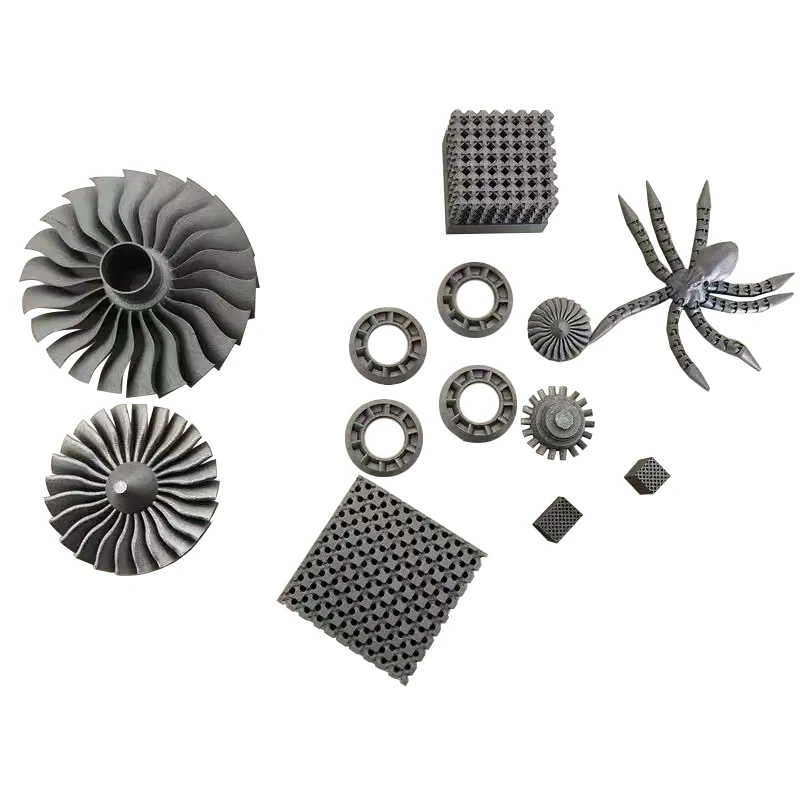- English
- Español
- Português
- русский
- Français
- 日本語
- Deutsch
- tiếng Việt
- Italiano
- Nederlands
- ภาษาไทย
- Polski
- 한국어
- Svenska
- magyar
- Malay
- বাংলা ভাষার
- Dansk
- Suomi
- हिन्दी
- Pilipino
- Türkçe
- Gaeilge
- العربية
- Indonesia
- Norsk
- تمل
- český
- ελληνικά
- український
- Javanese
- فارسی
- தமிழ்
- తెలుగు
- नेपाली
- Burmese
- български
- ລາວ
- Latine
- Қазақша
- Euskal
- Azərbaycan
- Slovenský jazyk
- Македонски
- Lietuvos
- Eesti Keel
- Română
- Slovenski
- मराठी
- Srpski језик
What is Urethane Casting?
2025-08-27
Urethane casting, also known as vacuum casting or polyurethane casting, is a versatile and cost-effective manufacturing and prototyping process. It involves creating parts by pouring liquid urethane into a mold, which then hardens into the desired shape. This method is particularly effective for producing prototypes, small production runs, and parts that require detailed features.
What Is Urethane Casting?
Urethane casting is a manufacturing process that utilizes a two-part urethane resin to produce production-quality replicas of a master model. The process involves creating a silicone mold from a master pattern, then injecting liquid urethane into the mold cavity. The urethane cures at room temperature, forming a solid part that closely resembles the final product.
Why Choose Urethane Casting?
Urethane casting offers several advantages, making it a popular choice for various applications, including rapid prototyping, custom part production, and more. Some of the key benefits include:
-
Cost-Effectiveness: Urethane casting is an economical alternative to traditional manufacturing methods such as injection molding, particularly for low to medium production runs. It involves less expensive tooling and setup costs, making it ideal for small-batch production and prototyping while producing parts that possess similar qualities to injection-molded parts.
-
Material Versatility: Urethane materials can be formulated to mimic the physical properties of various plastics used in injection molding. This allows for the production of parts with specific characteristics such as flexibility, rigidity, or transparency.
-
Design Flexibility: The use of silicone molds in urethane casting allows for the creation of complex geometries and intricate details that may be challenging to achieve with other manufacturing methods.
-
Rapid Turnaround: The process enables quick turnaround times, making it suitable for projects with tight deadlines or those requiring iterative design changes.
How Is Urethane Casting Performed?
The urethane casting process typically involves the following steps:
-
Master Pattern Creation: A master pattern of the part is produced using methods such as 3D printing, CNC machining, or casting.
-
Mold Making: The master pattern is encased in liquid silicone to create a flexible mold. The mold is then cured to solidify.
-
Mold Removal: Once the silicone has cured, the mold is carefully removed from the master pattern, revealing a cavity that replicates the part's shape.
-
Casting: Liquid urethane resin is mixed and poured into the mold cavity. The mold is then placed in a vacuum chamber to remove air bubbles and ensure uniform filling.
-
Curing: The filled mold is placed in an oven to cure the urethane resin, solidifying the part.
-
Demolding and Finishing: After curing, the part is removed from the mold and any necessary finishing processes, such as trimming or painting, are performed.
Common Applications of Urethane Casting
Urethane casting is utilized across various industries for a wide range of applications, including:
-
Prototyping: Creating functional prototypes for design validation and testing.
-
Custom Parts: Producing low-volume custom parts tailored to specific requirements.
-
Medical Devices: Manufacturing components for medical devices that require biocompatibility.
-
Automotive Components: Producing parts such as gaskets, seals, and bushings.
-
Consumer Products: Creating parts for electronics, appliances, and other consumer goods.
Urethane Casting FAQ
Q1: How long do urethane parts last?
A1: Urethanes are naturally resistant to abrasion. Urethane is an excellent material to use in any high-wear situation.
Q2: Can you make my urethane part a specific color?
A2: Yes, your urethane color options are almost limitless. We can produce your urethane part in safety colors, it can be color-coded to your specifications, or we can match a color you already use.
Q3: Are urethane parts chemical and oil resistant?
A3: Yes, urethane is very resistant to oil and most chemicals.
Q4: Can you make a urethane part a certain hardness or softness?
A4: We certainly can. The hardness or softness of non-metallic materials is called durometer. We can match the durometer of a part you need replicated or recommend a durometer for a custom part.
Urethane casting stands out as a versatile and cost-effective solution for producing high-quality parts in low to medium volumes. Its ability to replicate intricate details, combined with material flexibility and rapid turnaround times, makes it an invaluable tool for industries ranging from automotive to medical devices.
If you're considering urethane casting for your next project, it's essential to collaborate with experienced professionals who can guide you through the process and ensure optimal results.
At Mudebao, we specialize in providing top-notch urethane casting services tailored to your specific needs. Our team of experts is dedicated to delivering high-quality parts that meet your exact specifications.
Ready to bring your ideas to life with precision and efficiency? Reach out to Mudebao today to discuss your urethane casting requirements. Our team is here to assist you every step of the way.






